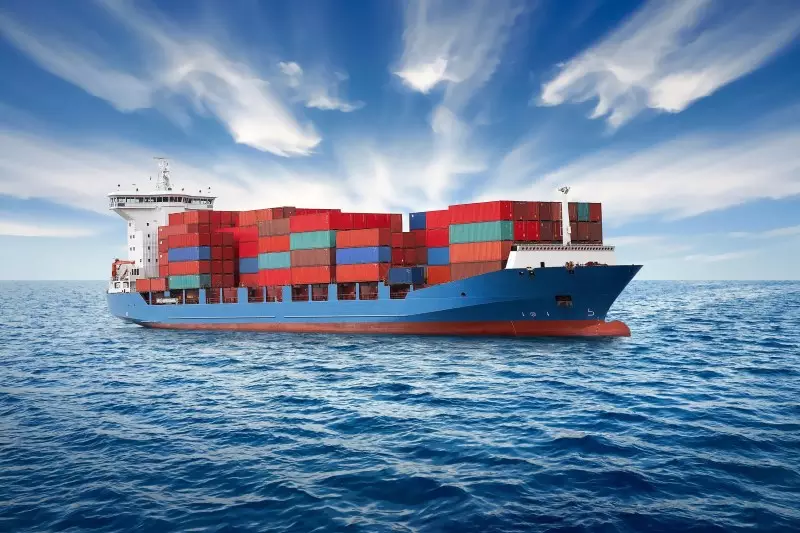



Article by: Hari Yellina
In some years, Australia exports nearly all of its beef and sheepmeat production. Apart from New Zealand, this is the highest export exposure any major red meat producer has in today’s international market. The ability of the processing and export sector to place such a large percentage of our production on export markets while seeking a premium return underpins Australia’s red meat industry. As a high-quality provider located far from most major export markets, having access to a dependable, efficient, and cost-effective worldwide sea freight service becomes a critical component of the total export equation.
In previous years, delivering our exports to the world required up to 90,000 food grade TEUs. This amounted to 20ft equivalent containers, every year. The expense of procuring those containers when you need them and then transporting them to your foreign consumer in a timely manner has a significant impact on the pricing process that ultimately determines what value is given back to the farm gate. In Australia, red meat processing has traditionally been a low-margin sector, so keeping control of variable expenses like freight rates is critical for long-term survival in an ever-changing market. The Australian Competition and Consumer Commission study from last year, as well as the AMIC Shipping Report from February this year, both stated that freight charges have increased.
These increases have accelerated in the last nine to twelve months. For example, a 40ft reefer container for one UK port that cost roughly US$1750 a year ago has grown to nearly US$3000 by the end of last year and is expected to cost over US$7000 in February. Rates vary by carrier, but they are all rising in response to what appears to be a decline in service. Over the last five years, we’ve seen the global container freight service provided to Australia shift from one of low freight rates and excess shipping capacity to one of surging global demand, with tight, if not insufficient, global sea freight capacity and equipment to meet it, as a result of the pandemic.
Booking space in the meat industry is becoming increasingly dependent on equipment availability, and tariffs are becoming increasingly only valid for a limited time. Smaller exporters may be disadvantaged in such a tight market because they are unable to make the same upfront volume commitments as larger packers. There are also competing interests in Europe and Asia for accessible food grade reefer containers, which can be prioritised over Australia because they offer larger returns. The increase in worldwide demand has also resulted in port congestion, which has impacted vessel scheduling and added additional fees and surcharges.
A recent frozen beef shipment to the United States that should have taken 25 to 27 days to arrive took nearly 70 days, including 14 days waiting for a berth off the coast of Los Angeles. Such delays are costly in many industries, but in the case of chilled beef, they eat away the available shelf life at the customer’s end, lowering its value. Eighty per cent of global container shipping capacity, according to the US White House, participates in three global alliances made up of up to 14 different container shipping companies. Because none of these businesses are based in Australia, we are at the mercy of foreign trends and costs that influence the service we deliver.
We must also keep in mind that Australia accounts for only about 1% to 2% of worldwide container movements, limiting our ability to influence many of these global outcomes on our own. In February and March, the US White House expressed worry not only about the impact of rising freight costs on agricultural exports, but also about whether questionable market power was being used. President Biden announced a ‘historic’ agreement between the US Department of Justice and the Federal Maritime Commission to examine and resolve these freight pricing issues. With the average operating margins of the major carriers currently at very high levels, Australian exporters will be watching these events very closely as the cost and reliability of the container freight service to Australia has implications all the way down to the farm gate.